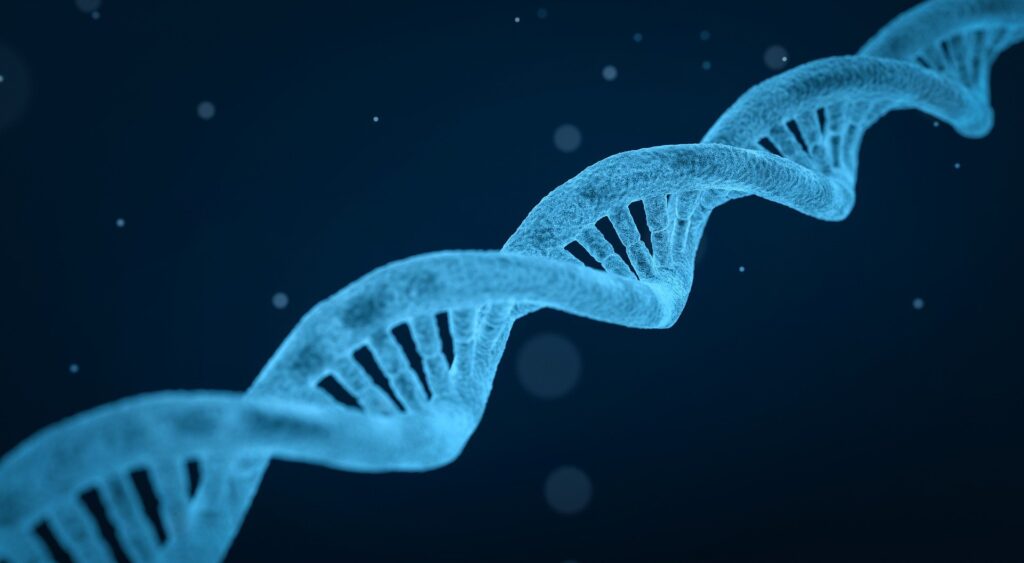

CRISPR Cas9 is a potent and easy-to-use tool for gene editing, but the delivery of the CRISPR Cas9 system has been a challenge since it was developed. Several methods have been developed to effectively transport components of the CRISPR Cas9 system into the cells. The protocol below describes the electroporation-based delivery of Cas9 from Streptococcus pyogenes coupled with synthetic and chemically modified sgRNA (forming ribonucleoprotein) into cells. The synthetic sgRNA contains nucleotides that protect it from nuclease-mediated degradation. To optimize conditions of electroporation protocol for Cas9 RNP, GFP mRNA delivery via electroporation is first tested.
Get the entire package for up to 50% discount with our Replication program.
DISCLAIMER: ConductScience and affiliate products are NOT designed for human consumption, testing, or clinical utilization. They are designed for pre-clinical utilization only. Customers purchasing apparatus for the purposes of scientific research or veterinary care affirm adherence to applicable regulatory bodies for the country in which their research or care is conducted.